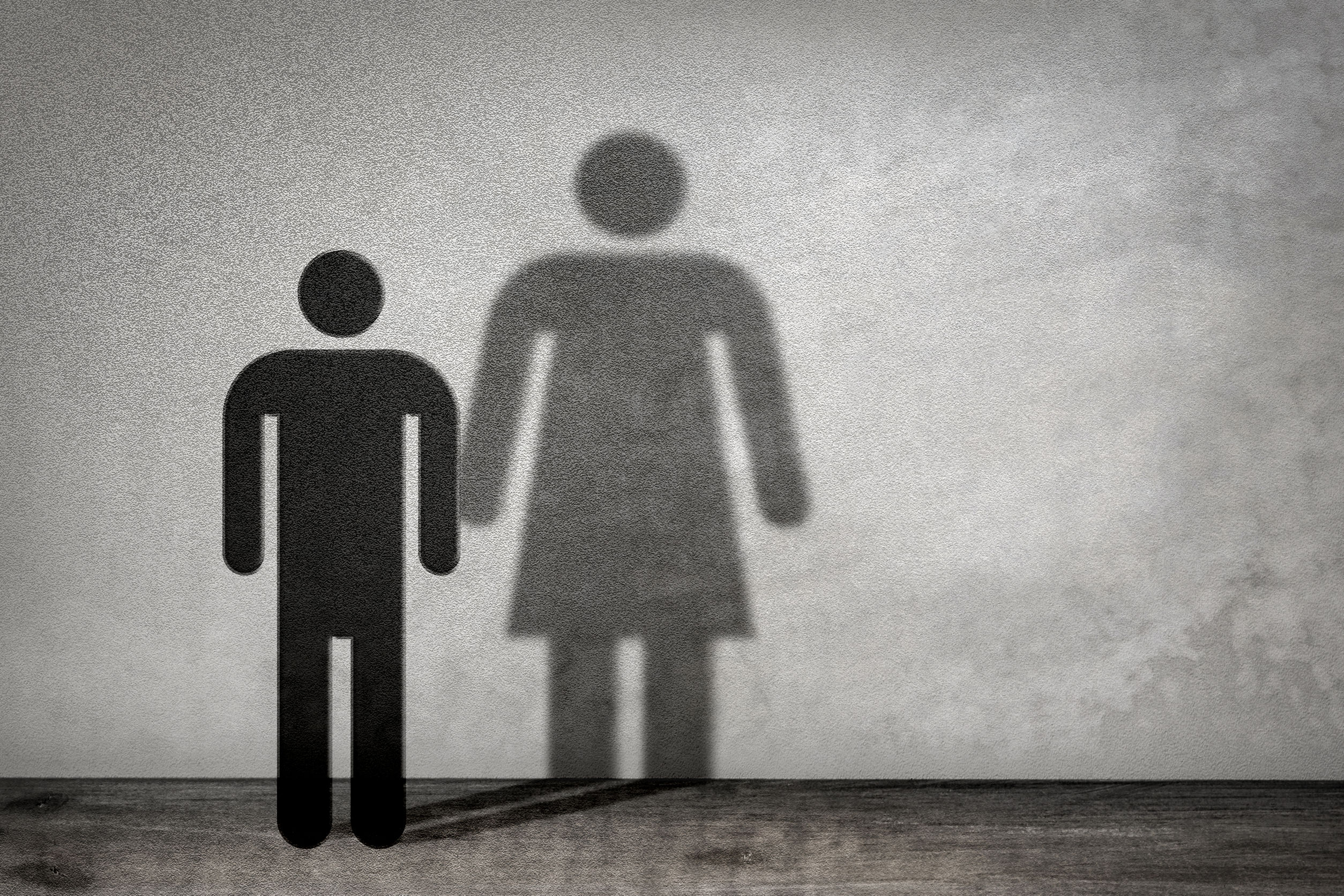Gender dysphoria is defined as a conflict between the gender with which an individual identifies and that which has been observed or assigned to them by their biological sex. The experience of gender dysphoria causes great emotional distress, as these individuals attempt to navigate a non-dualistic experience of gender within a culture that has only 2 categories for gender, based on biological sex organ presentation at birth.
Rise in the number of reported instances of gender dysphoria, especially among these individuals
There has been a rise in the number of reported instances of gender dysphoria, especially among individuals whose sex was observed as female at birth. The number of adolescents seeking care for gender dysphoria has increased dramatically. Historically this has been a rather rare occurrence, and many practitioners are wondering why.
First to look at teens and young adults who did not have symptoms of gender dysphoria as children yet rapidly developed gender dysphoria
A recent article published by Brown University is the first to look at teens and young adults who did not have symptoms of gender dysphoria as children yet rapidly developed gender dysphoria over a short amount of time during or after puberty.1
Lisa Littman, assistant professor of the practice of behavioral and social sciences at Brown’s School of Public Health said that “one of the main conclusions is that more research needs to be done. Descriptive studies aren’t randomized controlled trials — you can’t tell cause and effect, and you can’t tell prevalence. It’s going to take more studies to bring in more information, but this is a start.”
More than 250 parents of children who suddenly developed gender dysphoria either during or shortly after puberty were surveyed
Littman surveyed more than 250 parents of children who suddenly developed gender dysphoria either during or shortly after puberty. She wanted to gain more insight into this phenomenon, which seems to be on the rise, but in previous years has been considered atypical. Gender dysphoria is not the same as gender nonconformity, or not following the stereotypes of one’s assigned gender.
Ages ranged from 11 to 27 years at the time of survey with a mean age of 16. 47
The children of the parents surveyed were more than 80 percent female at birth. Ages ranged from 11 to 27 years at the time of survey with a mean age of 16. 47 percent of the children were reported to be “academically gifted” and 41 percent expressed a non-heterosexual sexual orientation prior to gender dysphoria symptom onset. Most of the parent respondents were also female.
The questionnaire was 90-questions
It asked about each of the 8 indicators for gender dysphoria in childhood:
- a strong desire to be of the other gender or an insistence that he or she is the other gender
- in boys, a strong preference for cross-dressing or simulating female attire; in girls, a strong preference for wearing only typical masculine clothing and a strong resistance to the wearing of typical feminine clothing
- a strong preference for cross-gender roles in make-believe or fantasy play
- a strong preference for the toys, games, or activities typical of the other gender
- a strong preference for playmates of the other gender
- in boys, a strong rejection of typically masculine toys, games, and activities and a strong avoidance of rough-and-tumble play; in girls, a strong rejection of typically feminine toys, games, and activities
- a strong dislike of one’s sexual anatomy
- a strong desire for the primary and/or secondary sex characteristics that match one’s experienced gender
80 percent of the parents surveyed reported none of the observable indicators in their children before puberty
To meet the diagnostic criteria for gender dysphoria, a child has to demonstrate at least 6 of the 8 indicators. 80 percent of the parents surveyed reported none of the observable indicators in their children before puberty.
Handful of patterns noted within the survey
There were a handful of patterns noted within the survey: 21 percent of parents reported their child had one or more friends become transgender-identified around the same time; 20 percent reported an increase in child’s social media use around the same time; 45 percent reported both.
The pattern of clusters of teens in friend groups becoming transgender-identified, dynamics between these friend groups as well as the types of advice viewed online led Littman to form a hypothesis that friends and online sources may be creating certain beliefs surrounding gender dysphoria. Some examples include the belief that non-specific symptoms such as feeling uncomfortable in their own skins or feeling like they don’t fit in – which could be a part of normal puberty or associated with trauma – should be perceived as gender dysphoria; the belief that the only path to happiness is transition; and the belief that anyone who disagrees with the teen is transphobic and should be cut out of their life.
“Of the parents who provided information about their child’s friendship group, about a third responded that more than half of the kids in the friendship group became transgender-identified,” Littman said. “A group with 50 percent of its members becoming transgender-identified represents a rate that is more 70 times the expected prevalence for young adults.”
62 percent of parents also reported that their teen or young adult had one or more mental health diagnoses before the onset of gender dysphoria
Interestingly, 62 percent of parents also reported that their teen or young adult had one or more mental health diagnoses before the onset of gender dysphoria. 48 percent reported that their child had undergone a stressful or traumatic event prior to onset of gender dysphoria – bullied, sexually assaulted or having parents’ divorce.
Data suggests that the drive to transition expressed by some teens and young adults could be a coping mechanism similar to drugs, alcohol or cutting
This data suggests that the drive to transition expressed by some teens and young adults could be a coping mechanism similar to drugs, alcohol or cutting. As with all harmful coping mechanisms, they are used to avoid negative feelings in the short term, but do not solve underlying problems, and often cause additional ones.
Littman addressed the need for more research in this area
In a press release from Brown University, Littman addressed the need for more research in this area, and that no conclusions can be made from this single study. She is planning an additional survey of parent/teen pairs where the teenager experienced rapid-onset gender dysphoria and their symptoms of gender dysphoria resolved in one to three years without medical treatment. She is currently analyzing data from a survey of 100 people who experienced gender dysphoria, chose to undergo medical or surgical transition, and then de-transitioned by stopping hormone treatment or having surgery to reverse the effects of transition.
Source:
Littman L. Rapid-onset gender dysphoria in adolescents and young adults: A study of parental reports. PLoS ONE. 2018;13(8):e0202330.
 Razi Berry is the founder and publisher of the journal Naturopathic Doctor News & Review that has been in print since 2005 and the premier consumer-faced website of naturopathic medicine, NaturalPath. She is the host of The Natural Cancer Prevention Summit and The Heart Revolution-Heal, Empower and Follow Your Heart, and the popular 10 week Sugar Free Summer program. From a near death experience as a young girl that healed her failing heart, to later overcoming infertility and Chronic Fatigue Syndrome and Fibromyalgia through naturopathic medicine, Razi has lived the mind/body healing paradigm. Her projects uniquely capture the tradition and philosophy of naturopathy: The healing power of nature, the vital life force in every living thing and the undeniable role that science and mind/body medicine have in creating health and overcoming dis-ease. Follow Razi on Facebook at Razi Berry and join us at Love is Medicine to explore the convergence of love and health.
Razi Berry is the founder and publisher of the journal Naturopathic Doctor News & Review that has been in print since 2005 and the premier consumer-faced website of naturopathic medicine, NaturalPath. She is the host of The Natural Cancer Prevention Summit and The Heart Revolution-Heal, Empower and Follow Your Heart, and the popular 10 week Sugar Free Summer program. From a near death experience as a young girl that healed her failing heart, to later overcoming infertility and Chronic Fatigue Syndrome and Fibromyalgia through naturopathic medicine, Razi has lived the mind/body healing paradigm. Her projects uniquely capture the tradition and philosophy of naturopathy: The healing power of nature, the vital life force in every living thing and the undeniable role that science and mind/body medicine have in creating health and overcoming dis-ease. Follow Razi on Facebook at Razi Berry and join us at Love is Medicine to explore the convergence of love and health.




